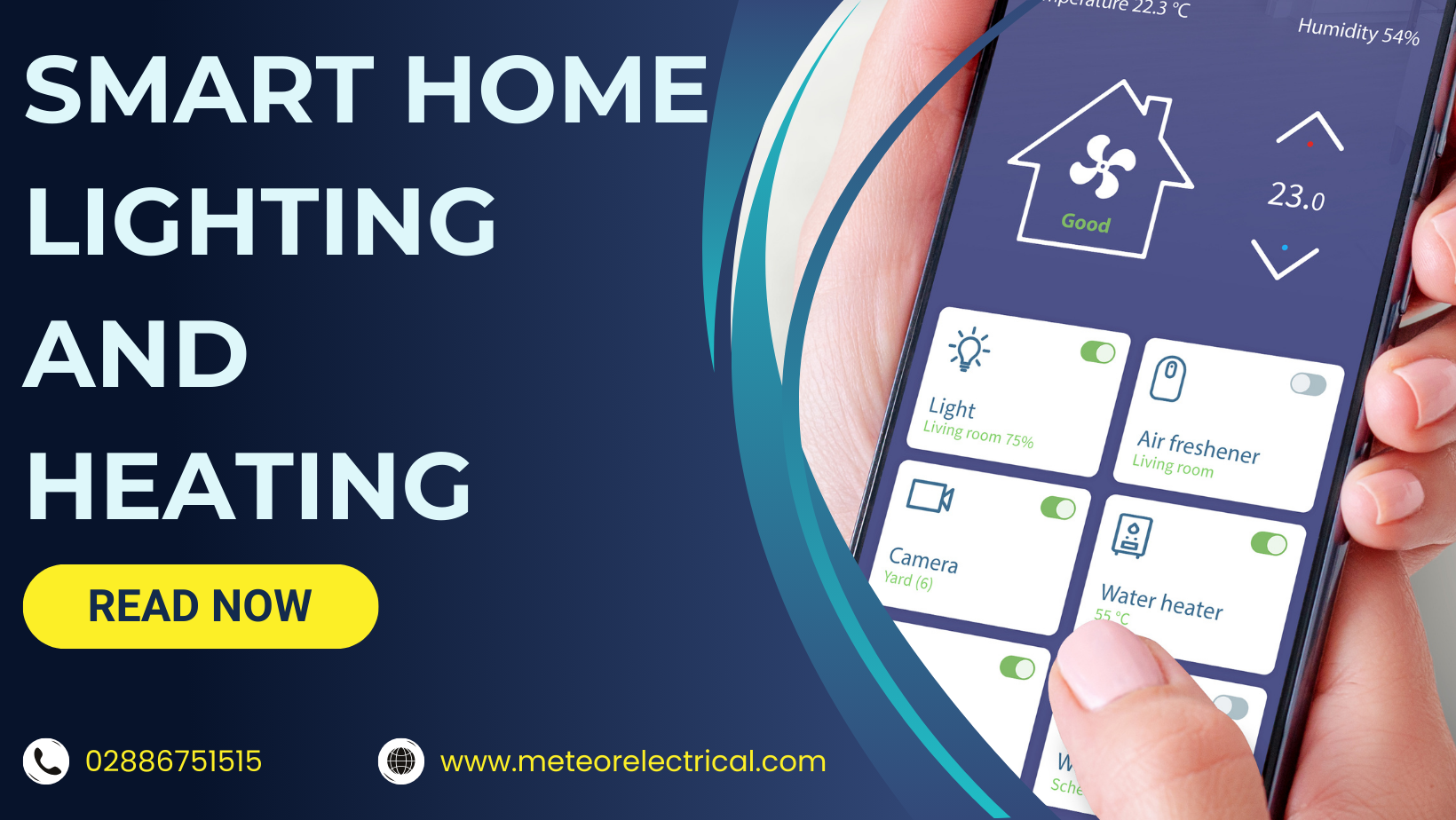Transform Your Living Space: A Comprehensive Guide to Smart Home Lighting and Heating
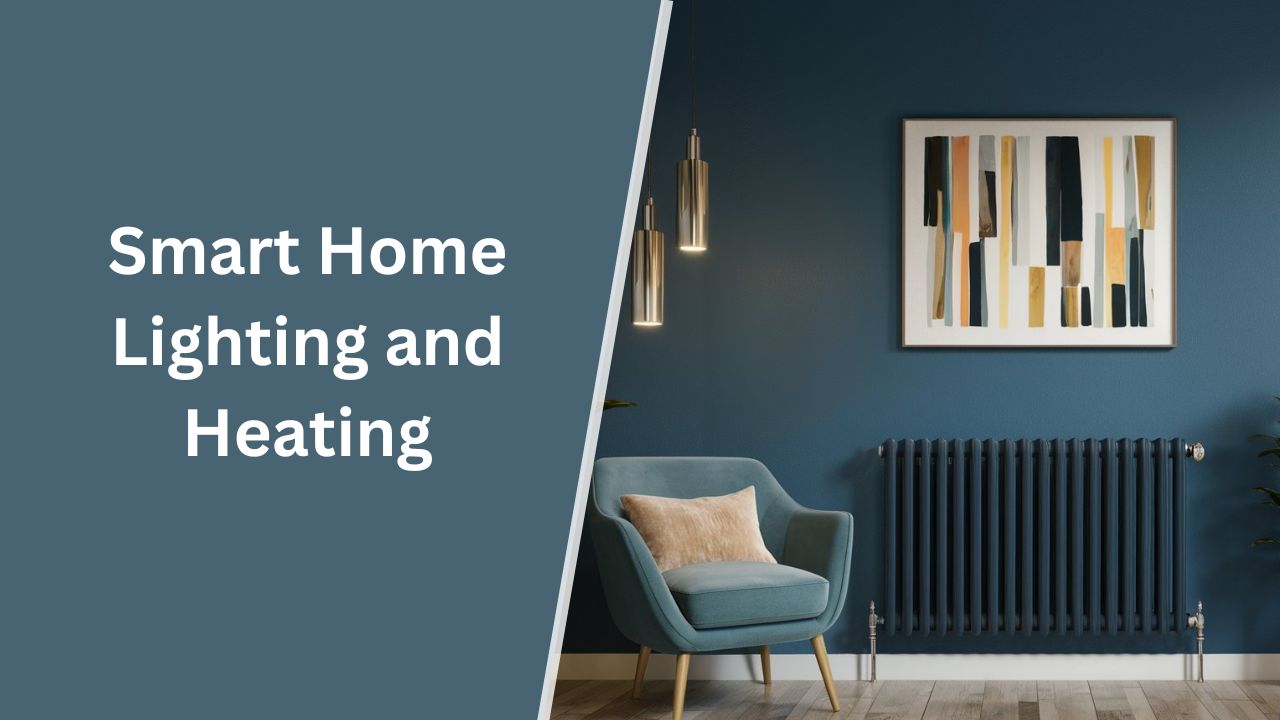
In the ever-evolving world of technology, the concept of a smart home is becoming a reality for many. As the electronic market continues to innovate, ordinary products are transformed into efficient, high-performing devices. For homeowners looking to enhance their living spaces, smart lighting and heating are at the forefront of this revolution. With the right smart home lighting and heating products, you can improve comfort, save energy, and enhance security with the right smart home lighting and heating products. Let's dive into the world of smart home lighting and heating, exploring the benefits, functionalities, and top products that can make your home more comfortable, secure, and energy-efficient.
What Is a Smart Home?
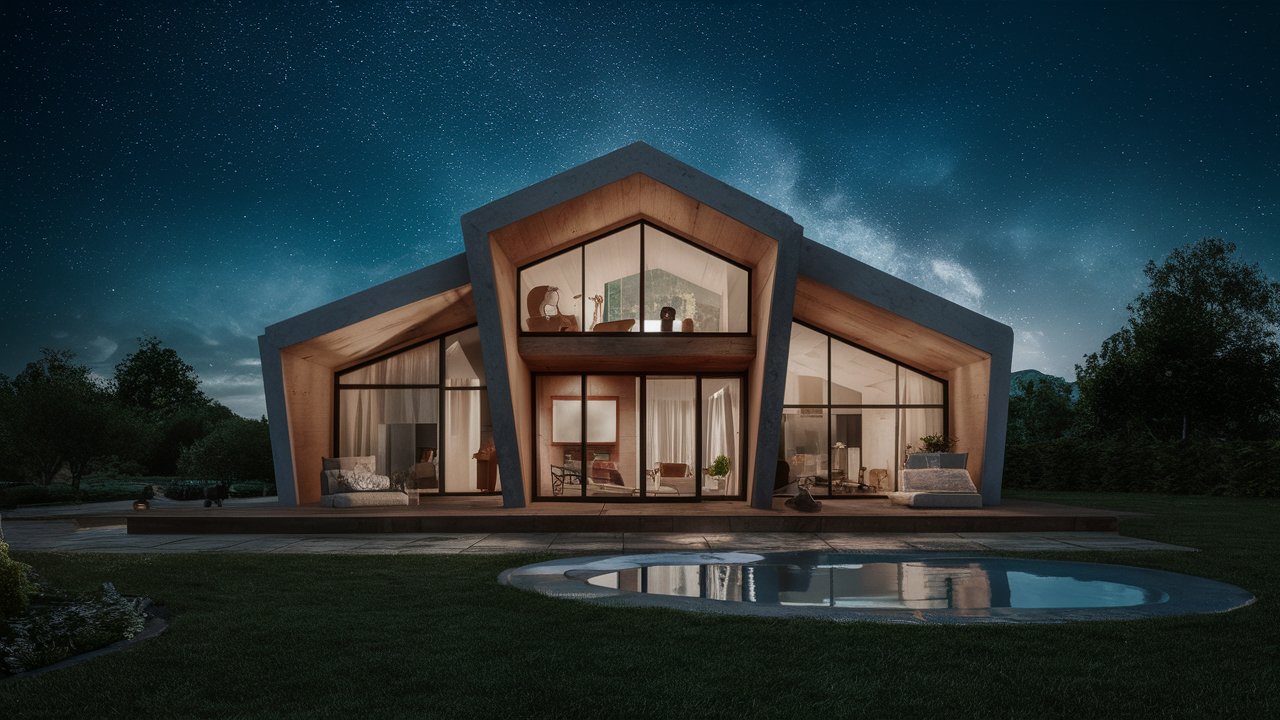
Imagine walking into your home and having the lights automatically turn on, the temperature set perfectly to your liking, and your favourite music playing softly in the background—all without lifting a finger. This is the reality of a smart home. A smart home is an advanced living space where everyday appliances and devices are interconnected through a network, allowing you to control them remotely. This means you can manage lighting, heating, security, and entertainment systems from your smartphone, tablet, or even through voice commands, ensuring ultimate convenience and efficiency (Which?).
How Do Smart Home Systems Work?
At the heart of every smart home is a central control system—think of it as the brain of your home. This central hub can be a smartphone, tablet, or any networked device, seamlessly connecting all your smart appliances through the internet. Whether you have smart lights that can be dimmed with a voice command, thermostats that adjust based on your schedule, or security systems that alert you of any unusual activity, these devices are designed to work in harmony. They can communicate through either hardwired systems or wireless connections, making it easy to save energy and optimise the functionality of your home (CNET).
Benefits of Smart Home Lighting and Heating

Save Energy and Money Smart lighting and heating systems are designed to significantly reduce energy consumption, leading to substantial savings on your utility bills. For instance, smart thermostats and heaters can optimise your home's temperature based on your daily routines, while smart lights can minimise energy waste by turning off when not needed. Products like the 500W ATC iLifestyle Smart Radiator and Aurora 8W GLS Dimmable Smart Lamp exemplify this energy efficiency. By incorporating these devices, you can achieve both economic and environmental benefits (Energy.gov).
Enhanced Comfort and Convenience Smart home devices are engineered to enhance your daily comfort and convenience. With features such as remote control, voice commands, and automated schedules, managing your home becomes incredibly easy. Imagine adjusting your heating while still in bed or dimming the lights from your couch—all possible with just a few clicks or voice prompts (The Guardian).
Improved Safety and Security Smart home security systems offer a robust layer of protection with advanced features like motion sensors, surveillance cameras, and interlinked locks. These systems not only deter potential intruders but also alert you to any unusual activity and can even notify authorities in case of emergencies. This provides peace of mind, knowing that your home is secure (PCMag).

Simplify Household Tasks Smart home technology can take over mundane household tasks, allowing you to focus on more important activities. Devices such as smart robot vacuums and advanced kitchen appliances can operate autonomously, ensuring your home stays clean and efficient without much effort from you (The Verge).
Valuable Energy Insights Many smart home systems provide detailed insights into your energy consumption, helping you identify areas where you can improve efficiency. This data is crucial for making informed decisions that can lead to further reductions in utility costs and more sustainable living practices (Which?).
By integrating smart home lighting and heating solutions, you not only enhance your living space but also make a positive impact on your energy consumption and overall quality of life.
Smart Home Lighting: An Overview
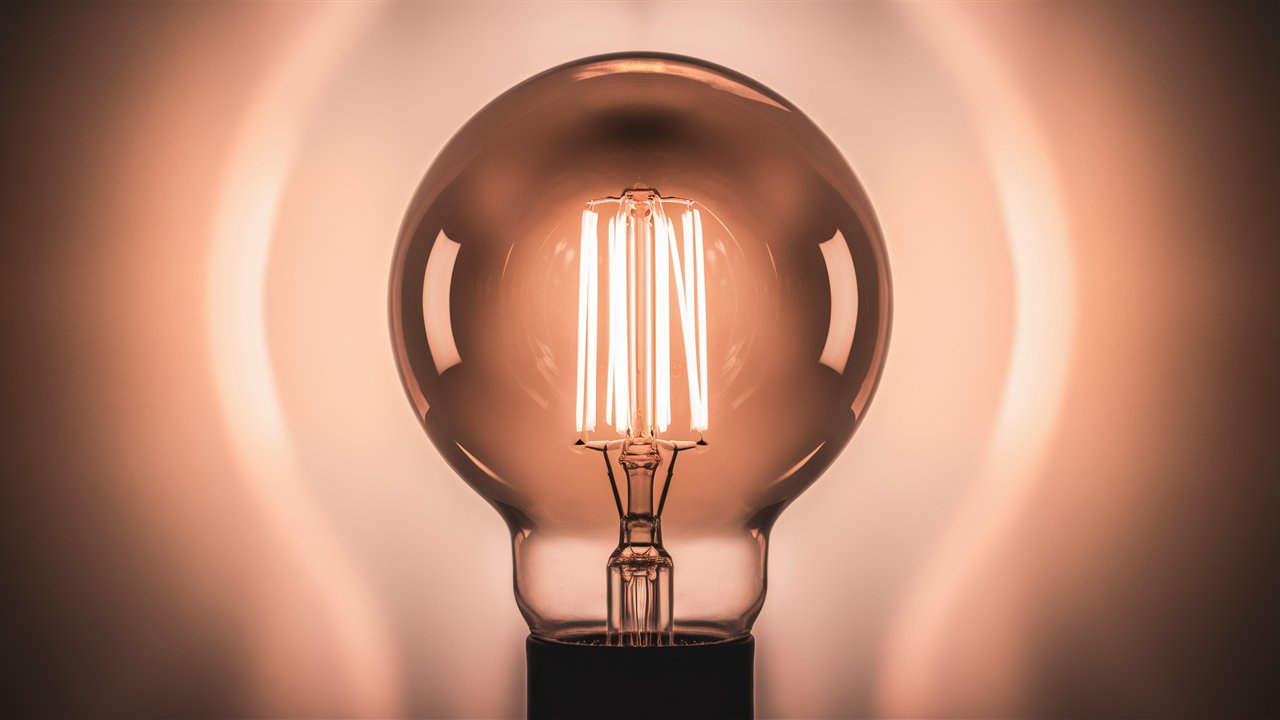
Imagine a lighting system that not only illuminates your home but also adapts to your lifestyle, enhancing both convenience and ambience. Smart lighting systems offer precisely that, providing greater control and customisation of your home's lighting. These systems typically operate through apps on your smartphone or other networked devices, enabling you to control your lights remotely and set automated schedules (Lifewire).
Types of Smart Lights
- Smart Light Bulbs: These versatile bulbs can be easily integrated into existing fixtures and controlled via an app, making them a great starting point for any smart home setup.
- Smart Light Strips: Ideal for mood lighting and highlighting specific areas, these flexible strips can be attached to various surfaces, adding a touch of creativity to your interior design.
- Smart Enclosed Lights: Perfect for recessed or enclosed fixtures, these lights provide focused illumination, making them ideal for task lighting or accentuating architectural features.
Networks Compatible with Smart Lighting
Wi-Fi
Most smart lights connect via your home’s Wi-Fi, allowing for robust coverage and control without needing an extra hub (TechRadar).
Bluetooth
Some modern smart bulbs use Bluetooth, offering direct connection without the need for Wi-Fi. However, they may have a limited range and lower capacity for multiple devices (Digital Trends).
Zigbee and Z-Wave
These networks offer advanced connectivity options for smart home devices, creating a mesh network for enhanced range and reliability (How-To Geek).
Benefits of Smart Lighting

- Convenience: Easily control your lights remotely and set schedules, allowing you to manage your home’s lighting even when you're not there. This feature can save time and add a layer of convenience to your daily routine (Consumer Reports).
- Energy Efficiency: LED smart bulbs significantly reduce energy consumption compared to traditional lighting, leading to lower utility bills and a smaller carbon footprint (The Spruce).
- Creativity: Enjoy a wide range of colours and settings to create the perfect ambience for any occasion. Whether it's a vibrant party or a relaxing evening, smart lighting can enhance the atmosphere (House Beautiful).
- Security: Program your lights to turn on and off when you're away to give the illusion that someone is home, deterring potential intruders and enhancing your home's security (SafeWise).
- Health and Wellness: Adjust smart lighting to support natural circadian rhythms, which can improve sleep quality and overall well-being. These systems can mimic natural light patterns, helping to regulate your body’s internal clock (Healthline).
By integrating smart lighting into your home, you not only elevate the aesthetic appeal but also improve energy efficiency, security, and personal well-being.
Smart Heating: Elevating Comfort and Efficiency
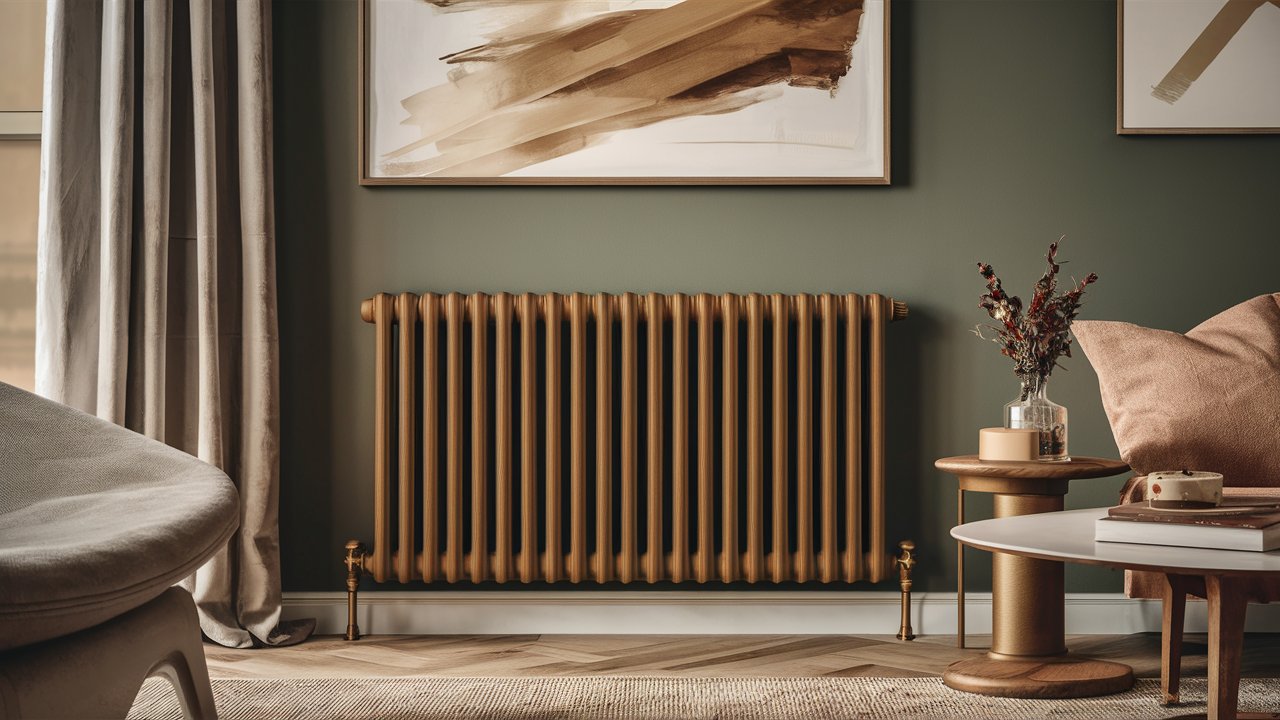
Imagine a heating system that not only keeps your home cosy but also learns your preferences and adjusts accordingly to save energy. Smart heating systems, such as energy-efficient smart radiators, offer advanced control and efficiency, ensuring your home stays warm while reducing energy costs. These systems are designed to provide optimal comfort with minimal effort on your part (BBC).
How Smart Heaters Work
Smart radiators use network connectivity and sophisticated machine learning algorithms to optimise temperature control based on your personal preferences and external weather conditions. These intelligent systems can be controlled through user-friendly apps, remote controls, or home assistant devices like Alexa and Google Home, making temperature adjustments as simple as a voice command or a tap on your smartphone (The Guardian).
Benefits of Smart Heating

- Excellent Heat Retention: Many smart heating systems, particularly oil-filled radiators, are designed to retain heat for longer periods. This reduces the frequency of heating cycles, ultimately lowering operational costs and enhancing energy efficiency (This Old House).
- Enhanced Comfort: Customize your heating settings for different rooms and times of the day. Whether you want a warm bedroom in the morning or a cosy living room in the evening, smart heaters provide tailored comfort with ease.
- Energy Savings: Smart heaters optimise energy use by adjusting heating based on real-time data and your schedule, significantly reducing heating costs and avoiding unnecessary energy waste.
- Advanced Capabilities: Features like geofencing and motion sensors ensure efficient and targeted heating. Geofencing adjusts the temperature when you are approaching home, while motion sensors detect occupancy and adjust heating accordingly, ensuring no energy is wasted heating empty rooms (Wirecutter).
By incorporating smart heating into your home, you can enjoy a perfect balance of comfort and efficiency, making your living space more responsive to your needs while conserving energy and reducing costs.
Looking to build your smart home? Here's a great video to help you get started!
Credit: Smart Home Solver
Next, check out some of our top picks for building your smart home!
Top Smart Home Lighting and Heating Products at Meteor Electrical
Aurora 8W GLS Dimmable Smart Lamp
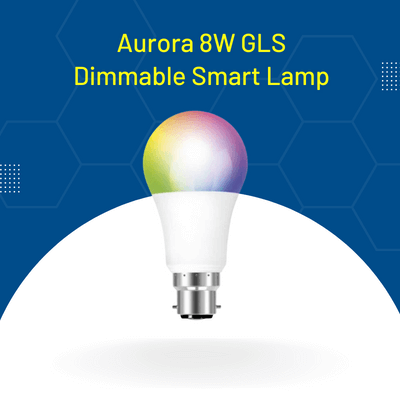
Transform your home lighting with the Aurora 8W GLS Dimmable Smart Lamp. This Bluetooth-enabled smart bulb offers seamless control via your smartphone, allowing you to choose from a wide range of colours to suit any mood or occasion. Its cost-effectiveness and versatility make it an ideal choice for anyone looking to enhance their home lighting without breaking the bank.
AOne Smart Kit 4x5W Dimmable LED Smart Lamps.
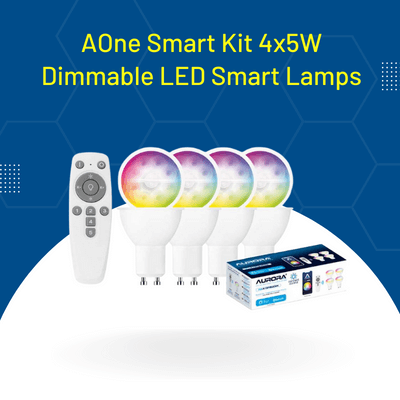
Kickstart your journey into smart lighting with the AOne Smart Kit. This kit includes four 5W dimmable LED smart lamps that offer a broad colour temperature range and smooth dimming options. The best part? You don’t need an external hub to get started—simply install the bulbs and control them directly from your smartphone.
500W ATC iLifestyle Smart Radiator
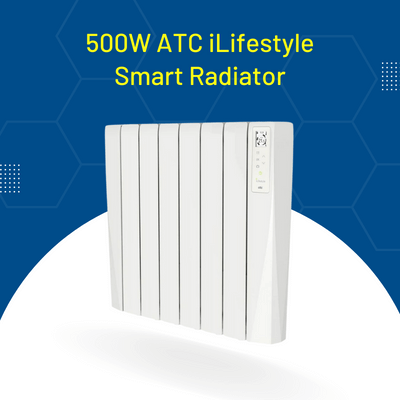
Experience efficient heating with the 500W ATC iLifestyle Smart Radiator. This award-winning radiator features Wi-Fi control, allowing you to adjust settings from your smartphone or other devices. With multiple modes like eco, comfort, and frost, it caters to a variety of heating needs, ensuring optimal comfort while saving energy.
1800W ATC iLifestyle Smart Radiator
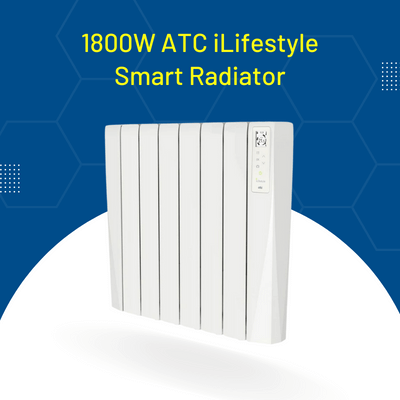
For larger spaces that require more powerful heating, the 1800W ATC iLifestyle Smart Radiator is the perfect solution. It offers high wattage for substantial warmth, precision control with a user-friendly interface, and easy operation via Wi-Fi. Enjoy efficient heating tailored to your preferences with just a few taps on your device.
Final Takeaway
Investing in smart home products, particularly in lighting and heating, can transform your living space into a more comfortable, efficient, and secure environment. With advanced features and energy-saving capabilities, smart home technology is a wise choice for modern homeowners. Explore the wide range of smart home products at Meteor Electrical and start building your connected home today.
FAQ: Smart Home Lighting and Heating
1. What is a smart home?
A smart home is a living space where everyday appliances and devices are interconnected through a network, allowing remote control and automation. This setup provides enhanced convenience, energy efficiency, and security. You can manage lighting, heating, security systems, and more using your smartphone, tablet, or voice commands.
2. How do smart home systems work?
Smart home systems operate through a central hub, such as a smartphone, tablet, or a dedicated home automation device. These systems use network connectivity, either through Wi-Fi or a hardwired system, to link appliances and allow remote control and automation. Devices like smart lights, thermostats, and security cameras can be controlled from anywhere, optimising energy use and providing better home management.
3. How do smart heaters work?
Smart heaters use network connectivity and machine learning to optimise temperature control based on your preferences and external weather conditions. They can be controlled via apps, remote controls, or home assistant devices like Alexa and Google Home, providing precise and efficient heating management.

